My Path to Becoming a Certified Nutritional Therapy Practitioner – Months 2 & 3
This post continues to share my journey of becoming a Nutritional Therapist with the Nutritional Therapy Association. To read more about how I came to selecting this program and to read about Month 1 of the program, see my first post.
Months 2 & 3
I am combining months 2 & 3 together, as month 2 (November) was a regular, in-session month but at start of month 3 we had our first intensive in-person workshop weekend, followed by our holiday break.
The intensity and speed at which we were covering the first modules in month 1, has certainly calmed down a bit and with me finally catching up to my classmates (and our curriculum calendar), I am feeling much less pressure. I feel like I can breath and I can really let the content sit with me and permeate a bit more. For what it’s worth, the intensity I am speaking about, these are all things our instructors advised us of, going into the program. So I was certainly aware of this fact from the start and I wasn’t alone in feeling that way, I am sure. The content and reading materials are already starting to click quicker as new topics arise, pulling in previous content that we covered.
Most exciting about these past two months, was our first in-person workshop weekend, where we had the opportunity to meet our fellow classmates, as well as go over the content in person and ask questions of our instructors. Additionally we further honed our skills of client interviewing, analyzing Nutritional Assessment Questionnaires and Food Journals and making nutritional recommendations based on all of these tools and we learned and practiced the hands-on functional evaluation skills, for the modules we had already covered.
If you haven’t researched the NTA or if you’ve never worked with a Nutritional Therapy Practitioner you may not know what the terms Functional Evaluation and Lingual-Neuro Testing refer to:
Functional Evaluations are one of the Nutritional Therapy Practitioner tools for assessing a client’s health. Using the innate connection between nerve endings at skin level and the body’s internal organs, NTP’s can determine where dysfunction is occurring. Reflex points connect to the neuro-vascular and neuro-lymphatic pathways which surround every organ system in the body. When an organ is in stress, these pathways accumulate fluid around them (called venous or lymphatic congestion) to support healing. This congestion results in tenderness of the reflex points.
Lingual-Neuro Testing (LNT) is a valuable biofeedback tool that enables a health care provider to determine the usefulness of a nutritional supplement before it is dispensed to the client. LNT accesses the body’s innate ability to discriminate between what it needs, and what it does not need, in order to correct a specific problem–a weak organ or a nutritional deficiency, for example. This simple and effective technique makes the difference between a generic nutritional therapy plan and a personalized one.
Essentially as Nutritional Therapy students in the NTA’s program, we are learning a series of palpations, a form of kinesiology, that we can use to assess the individual health status of our clients, to identify specific areas of nutritional weakness. Combined with the biofeedback of the Lingual-Neuro Testing we are able to offer personalized nutritional and supplemental recommendations.
This is all very new to me, but after our first weekend of learning these skills hands-on, I really enjoy the concept of tapping into the body’s innate sense of knowing what it needs. This idea of biochemical individuality and the importance of tailoring a recommended protocol for a client based on their individual need’s using the arsenal of tools and skills we will have at our disposal, as Nutritional Therapists.
Months 2 & 3 Recap:
Modules Covered:
Module 5 Blood Sugar Regulation
Module 6 Fatty Acids
Module I am Currently Studying:
Finishing Up: Module 7 Mineral Balance
Starting: Module 8 Hydration
Getting even more in-depth with the foundations, modules 5 and 6 certainly are a bit more dense, with a lot of information to cover, so we were given more time to complete these individual modules.
Favorite Book: Adrenal Fatigue: The 21st Century Stress Syndrome by James Wilson
While adrenal fatigue isn’t something I myself have ever been diagnosed with, it is a term and diagnosis I have heard quite often over the past few years. As we dove deep into this subject in Module 5 Blood Sugar Regulation, it became clear to me that given our culture’s tendency towards stress, very busy schedules and not enough quiet, rest and relaxation – we are dealing with an epidemic.
This book covers, in-depth, what adrenal fatigue is, it’s causes, treatments and the varying degrees of affection. Covering a condition often undiagnosed and consequently untreated, this book is a great resource for patients suspected of adrenal fatigue and those already diagnosed, as well as an important resource for doctors and health care practitioners whose patients often deal with stress and have many undiagnosed symptoms.
This book provides the means to diagnosis first via testing you can do at home and a lengthy, detailed questionnaire. It also acts as a guide, providing an in-depth program for patients to take matters into their own hands to regain health and vitality. Through diet and exercise, supplements and step-by-step lifestyle adjustments, it provides a well thought out and thorough plan for therapies and long-term recovery. Finally, in simple-to-read terms we learn what the adrenal glands do and why they are so important to our overall health and wellness, so we can be armed with the knowledge to know what it is so important to keep them functioning optimally.
I think what struck me most about this book were the simple, recommended steps towards removing stress from your life, my favorite being what the author calls “Energy Robbers”. I deduce, whether you suspect adrenal fatigue in yourself, or not, that this is something we can all very much relate to and can certainly use in our own lifes. If you can imagine all of your energy stored in a barrel and you have only so much energy to spread out across your very busy life, Energy Robbers can be described as holes in that barrel, letting energy leak out. Rather than plugging the holes, many of us would just expect our bodies to continuously produce more and more energy, to rebuild the reserves. Energy Robbers can be people, places or things. Eliminate what is robbing you of your energy and it is guaranteed you will see significant changes in your health. The book talks in detail about how to recognize these Energy Robbers as well as steps that you can take to remove them, admittedly something I have already put into practice in my own life.
Biggest Lesson: After these super important, huge and heavy topics, it is quite hard for me to choose just one “big lesson”, but I think to choose just one it would have to be learning about our culture’s fear of fat and most specifically, fully understanding how our bodies are designed to be fat burners, rather than sugar burners. We learned not only why this is important, but also how to identify if you are a fat burner or a sugar burner. Our metabolisms were designed to be energized by fats and glucose (primarily fat) and this fat burning metabolism, using fat for energy, is the normal and preferred metabolic state of the human body, yet it isn’t what most people in our culture are living. Most are primarily living off the energy of glucose and this Sugar Burning Metabolism turns off our Fat Burning Metabolism. Again another epidemic of grave proportions, with loads of health consequences.
For myself over this past year, I have been working intuitively to shift my body from being a sugar burner to a fat burner and I have seen, first hand, the shifts in my energy, my moods, my health and my weight in doing so. I have a feeling you will be hearing much more from me on this topic as I am truly obsessed and fascinated with the sad state of fear surrounding fat, due to many years of perpetuating incorrect facts.
Biggest Struggle: As we are closing in on mid-terms, the more information I am putting into my overwhelmed brain, the more I worry I am going to forget something crucial. This program is very comprehensive and it covers a lot of content in a short amount of time. This works great in the sense that the program is contained in less than 1 year, but it is a lot. In some ways I wish I had more time to fully submerge myself in the content, but I take solace in knowing that the information, content and research, it is always there for me to reference when I want to go back.
As part of my scholarship with the Nutritional Therapy Association, I will be sharing my personal experiences of the NTP program with you here on Tasty Yummies each month. All of the content, words, ideas and opinions are my own.
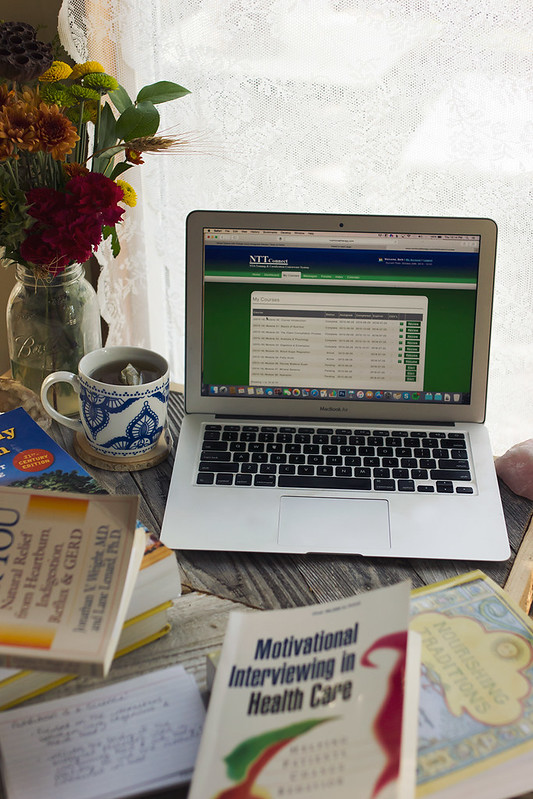



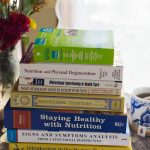

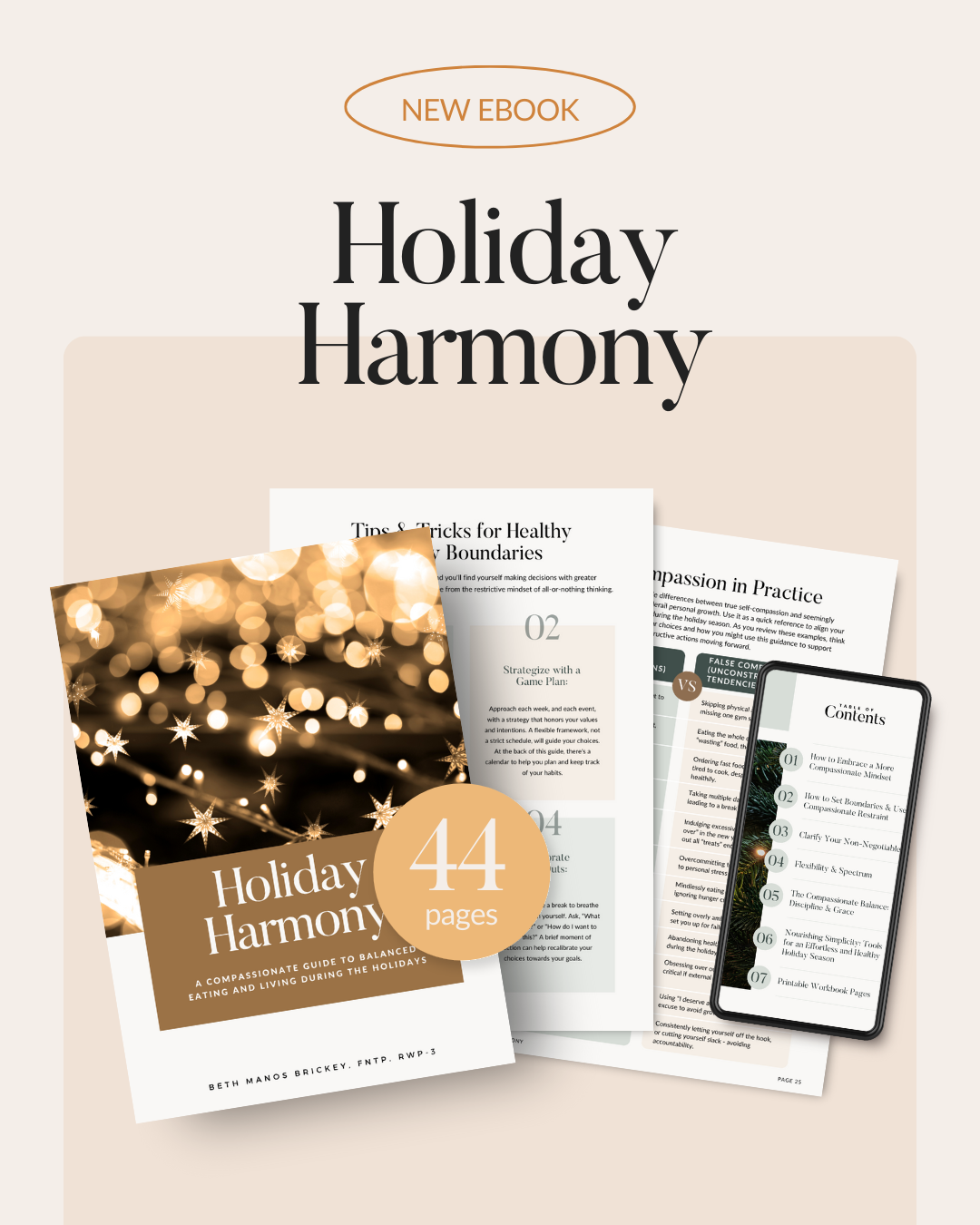
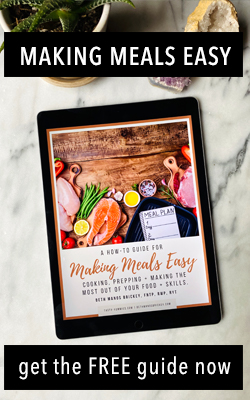
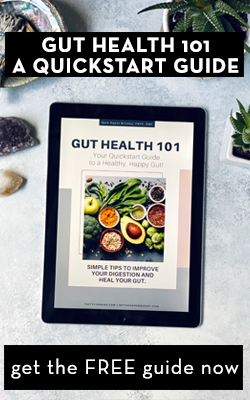


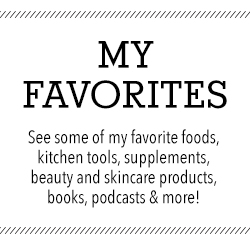

2 Responses
I LOVE that book by James Wilson! My completely highlighted and post-it note covered copy is by my bed right now! After struggling for YEARS with health issues and being told over and over by “traditional” doctors that nothing was wrong with me, I was so relieved to finally figure out that I had adrenal fatigue. Now, with a combination of diet, natural supplements, neuromuscular exercises and meditation, I am getting so much better! That book is a MUST HAVE for anyone having adrenal issues!
I became a NTP this past summer and loved every minute of it! So excited for you and all the knowledge you will gain and friendships you will make over these 9 months!! Have fun!